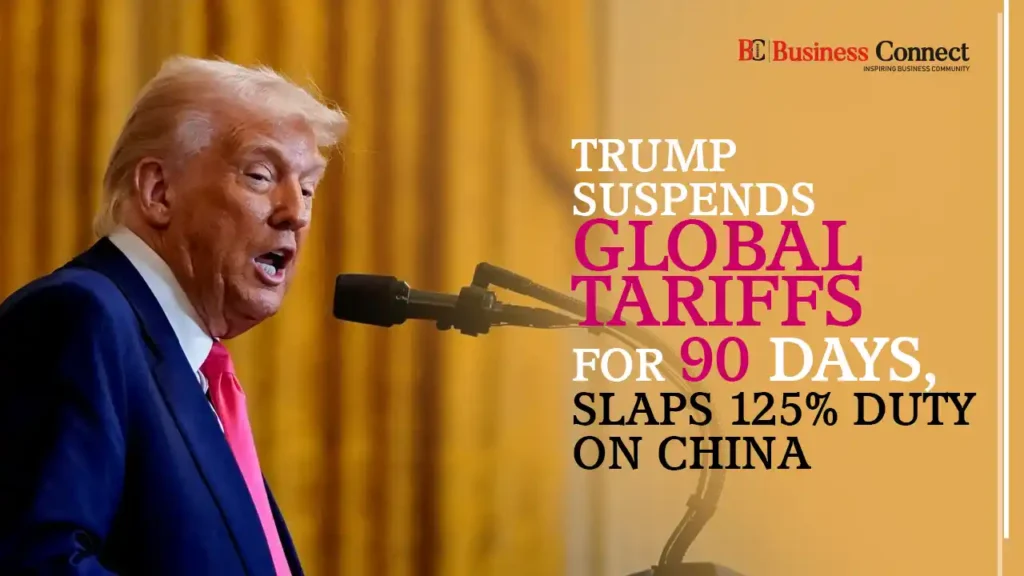Trump Suspends Global Tariffs for 90 Days, Slaps 125% Duty on China
Washington D.C.: In a dramatic turn in international trade dynamics, former U.S. President Donald Trump has announced a 90-day suspension of reciprocal tariffs on most countries while simultaneously imposing a steep 125% tariff on Chinese imports. This bold move marks a renewed escalation in the long-standing trade tensions between the United States and China.
Relief for Most, Heat for China
While nations around the globe have been granted temporary relief, with existing 10% tariff rates being maintained during the suspension period, China finds itself at the center of Trump’s aggressive trade strategy. The 125% duty is one of the harshest tariff measures imposed in recent years and is expected to have ripple effects across global markets.
“America needs fair trade, not one-sided deals. While we reassess our positions with global allies, China must face consequences for years of economic manipulation,” Trump reportedly said during the announcement.
Global Economic Implications
Experts suggest that the suspension of tariffs could bring short-term ease to U.S. trading partners in Europe, Asia, and Latin America, fostering better diplomatic conversations. However, the move against China may trigger retaliatory tariffs, trade restrictions, or diplomatic friction in the coming weeks.
“The tariff on China could spike import costs and strain U.S.-China relations further,” said a senior trade analyst at Global Markets Watch.
Impact on Markets
Wall Street showed mixed reactions: tech stocks dipped slightly due to concerns over supply chain disruptions, while manufacturing shares gained.
Asian markets opened lower, anticipating countermeasures from Beijing.
Gold and oil prices remained steady, as investors weighed the long-term impacts.
What’s Next?
As the world watches closely, questions remain:
Will China retaliate with matching or higher tariffs?
Could this trigger a new phase in the trade war?
How will global supply chains be reshaped?
For now, Trump’s move reflects both strategic negotiation and political posturing—aiming to reassert U.S. dominance in global trade while pressuring China into new trade terms.
Stay Tuned for Updates
Follow @BusinessConnectIndia for real-time news on trade, politics, and the global economy.
Add Business Connect magazine to your Google News feed



